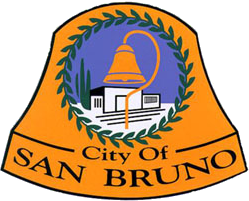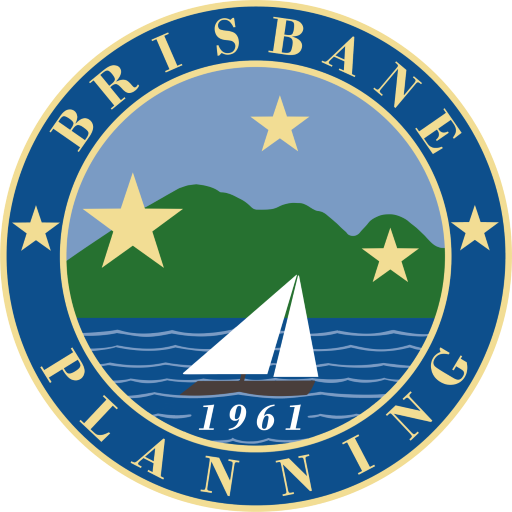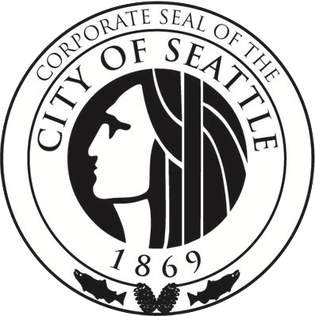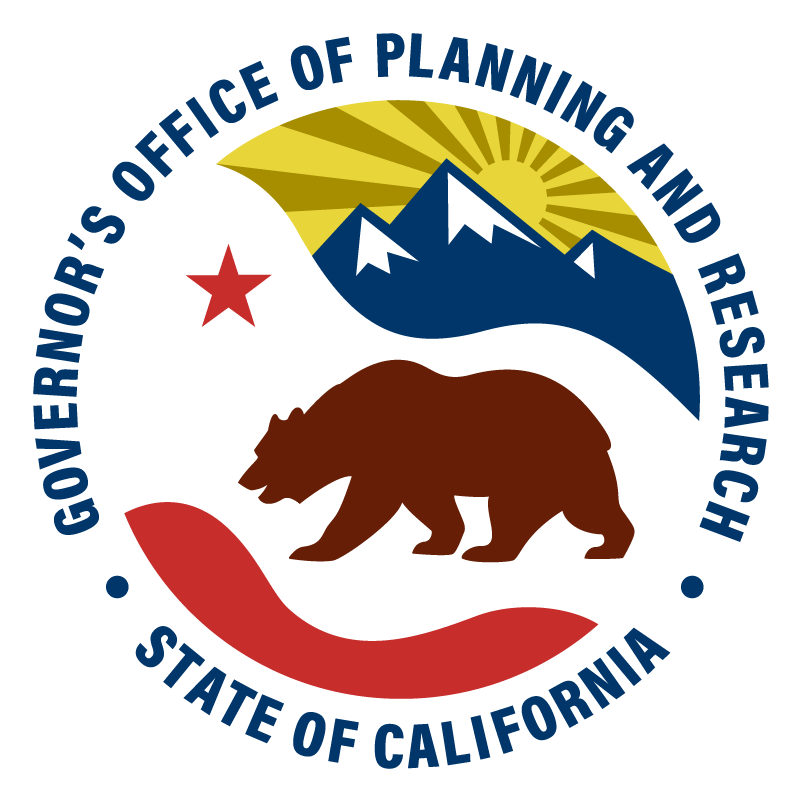
MapCraft builds tools to test the impact of proposed policies on real estate development
How is the MapCraft app different?
For many policy questions, the answers vary across space—whether a study area, city, or state. Often, policy analysts must compromise: either use sophisticated modeling techniques to examine a few prototypical places, or analyze the entire study area using simplified approaches.
Using the MapCraft app and scalable cloud infrastructure, you get the best of both worlds: high-quality analysis at the most detailed scale. Processes that were traditionally focused on creating a few representative spreadsheets can now be run for entire cities, regions, or states.
Ask high impact questions
You define the specific analysis that is relevant to your project. Build the analysis in Excel or Python, and then upload to MapCraft to see how results vary across the study area. The MapCraft app can be used to analyze real estate feasibility, affordable housing, the impact of investments in public transit, and more.
If you need help analyzing a policy, MapCraft builds custom analyses and provides policy insights for clients. Read our project case studies to see how MapCraft has helped organizations across the country.
Test policy scenarios
MapCraft makes it easy to simulate the impact of different policy options or changing market conditions. With just a few clicks, users create new scenarios to test how widespread changes or geographically targeted measures would impact outcomes.
A sophisticated permissions system helps multiple users work collaboratively. An API allows running large numbers of simulations, tracking status of the runs, and collating outputs.
Get context-specific answers
MapCraft typically runs analyses on every parcel in the study area and maps both disaggregate and aggregate results. MapCraft can help users understand how important parameters affect outcomes on each parcel across a corridor, an entire jurisdiction, or a whole state.
Large datasets? Not a problem. We frequently analyze statewide policies for our clients, like upzoning implications for the 2 million parcels in the state of Colorado or all 12 million parcels across California.
Get Answers to Your Urban Policy Questions
Gentrification and displacement
Evaluate the factors that influence gentrification and displacement to understand spatial implications for affordability and equity.
Affordable
housing
Calibrate policies like inclusionary housing and density bonus programs that rely on market forces to deliver affordable housing.
transit-oriented development
Analyze TOD potential of transit investment alternatives. Integrate TOD, gentrification, and housing assessments in one tool.
Regional transportation Planning
Model land use impacts of regional transportation investments and visualize scenarios for policymakers.
Upzoning Policies
Understand the influence of different upzoning policies on real estate development potential, including the interaction of multiple policies.
Urban growth potential
Simulate parcel-level development potential to understand growth capacity within jurisdictions and urban growth boundaries.
Real estate funding and financing tools
Evaluate how different funding and financing tools could inform real estate development opportunities in particular contexts.
District Funding
and Financing
Assess the public bonding capacity of real estate tools like tax increment financing, local assessment districts, and development exactions.
Geographic Equity
Compare how the costs and benefits of economic development initiatives and other public investments vary across space.
Supporting Policy Analyses Nationwide
By the end of 2024, MapCraft had worked with clients to oversee the evaluation of nearly 300 proposed land use policies. Our clients and users include government agencies, non-profit organizations, and private businesses (for-profit clients remain undisclosed).
MapCraft’s software has been used to evaluate proposed policies covering approximately 700 jurisdictions, home to nearly 20% of the US population. Of these projects, 88% substantially influenced policy designs. See our case studies for examples of this work.
Strategic Partners
MapCraft has entered into a strategic partnership with ECOnorthwest to configure and deliver the MapCraft app to ECOnorthwest's clients in the Pacific Northwest and beyond.
In addition, MapCraft provides our app to Terner Labs for their Terner Housing Policy Simulator, which simulates policies' influence on future housing production. Terner's team developed the Simulator’s underlying pro forma calculator that allows users to adjust housing policy levers in the MapCraft web application and compute results. MapCraft offers support to Terner to make the tool as useful as possible for its in-house team, staff at select local jurisdictions, and external researchers, like the UCLA Lewis Center. By the end of 2024, Terner was evaluating housing policies in more than 20 jurisdictions across three US States and the flagship Simulator for the City of Los Angeles was used to run more than 300 policy simulations across the City’s 850,000 parcels.
Produce newsworthy insights with MapCraft
Case Study: The MapCraft team partnered with the Terner Center for Housing and Innovation at UC Berkeley in 2021 to analyze the potential impacts of California Senate Bill 9, which legalized duplexes and lot splits on single-family zones in California as of January 1st, 2022. MapCraft’s team estimated that the bill could increase the number of potential new market-feasible homes by 700,000 statewide. Our analysis was cited in news coverage by the LA Times, New York Times, San Francisco Chronicle, Vox, Slate, Bloomberg, and more.
Ground plans in the reality of real estate feasibility with MapCraft
Case Study: Sound Transit turned to transit planners, station architects, urban designers, and other experts to help plan the West Seattle to Ballard Link Extension. To advise Sound Transit on station area planning strategies, ECOnorthwest relied on MapCraft’s software to categorize context-specific equitable transit-oriented development (ETOD) opportunities, including evaluating the financial feasibility of more than one hundred building prototypes on each parcel in the corridor to test how different transit designs, market conditions, and zoning policies could influence development outcomes.
Formulate better regional land use and transportation policies with MapCraft
Case Study: SPUR (the San Francisco Bay Area Planning and Urban Research Association) relied on MapCraft’s team to understand how different policies could shape the Bay Area’s growth in more sustainable ways. Based on MapCraft’s policy scenario testing, including an evaluation of business-as-usual policies, SPUR identified the best strategies to meet the growth principles that defined their New Civic Vision for the Bay Area in 2070.
Calibrate statewide housing policies across diverse geographies with MapCraft
MapCraft’s analyses have been used to help design dozens of housing abundance bills in numerous states, including preliminary bill analyses of four laws implemented in California since 2021 (SB9, SB6, AB2011, SB423) and three passed in Colorado during the 2024 legislative session (HB24-1152, HB24-1304, HB24-1313). MapCraft analyzed bill-enabled housing production opportunities across millions of parcels, helping policymakers understand bill implications and test policy revisions.
Read our case studies to see how MapCraft has helped organizations across the country
Test Drive the MapCraft app
Our live demo lets you test how various inclusionary housing policies would change the financial feasibility of new multifamily development on the West Coast.
Built on Experience
MapCraft's two founders were inspired to build MapCraft's tools following decades of work in urban planning consulting, real estate investment, and software development. They have assembled a diverse team at MapCraft to deliver trailblazing technical solutions and policy insights.
Ian Carlton is a social entrepreneur and educator who helps people shape their cities in sustainable ways. Ian lives in Portland, OR.
Fletcher Foti is a conscientious coder whose projects seek to clearly communicate how our cities work. Fletcher is based in Oakland, CA.
Contact Us
We look forward to hearing from you
We are located in Oakland and Portland
Please fill out the critical information below and we'll get back to you ASAP for a more detailed conversation

























































































